On October 13th, a German research consortium of well-known institutions in industry and research has developed a basic solution for intelligent high-resolution LED headlamps, which will significantly improve the adaptive headlamp system.
The demonstration model of the project was jointly developed by Osram, the project's chief executive, with project partners Daimler, Fraunhofer Institute for Applied Research, Hella and Infineon. The two headlamps of the demonstration model each contain three LED sources, each of which has 1024 individually controllable spots (pixels).
This means that the headlights can be adaptively adjusted to the exact traffic conditions, ensuring optimal lighting conditions at all times without glare to other drivers. At the same time, it can adaptively adjust the light according to the actual situation of each turning section, thus eliminating the surrounding dark areas.
With the aid of on-board sensors, this headlamp can also analyze the surrounding environment and illuminate the car, so that not only the driver can notice the traffic more clearly. Moreover, since the light beam does not directly illuminate the driver's head, the other driver can drive safely without glare due to the headlights. Thanks to this, the driver of the vehicle no longer has to dim the lights of this headlight when driving on country roads.
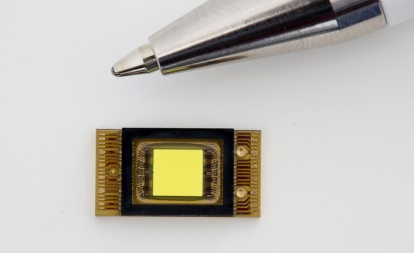
The project was funded by the German Federal Ministry of Education and Research (BMBF) and lasted for three and a half years. The headlamp demonstration model has been successfully developed and field testing has been completed. Prior to this, existing adaptive headlamp systems on the market were mounted with multiple LED elements stacked side by side in the headlamps. Other electronic components are also needed to turn each light segment on and off. Due to the limited internal space of the headlights, the number of sections is limited.
In this project, OSRAM Opto Semiconductors, Infineon and Fraunhofer Institute for Reliability and Microintegration (IZM) jointly developed innovative LED chips with 1024 individually controllable pixels. The new solution integrates LED electronic activation into the chip, which greatly increases resolution while still meeting the limited space requirements. In the second phase of the project, OSRAM Special Lighting Business Unit developed an LED module for this innovative high-resolution smart car lighting solution. The module has an electronic and thermal interface that connects directly to the car's electronic system.
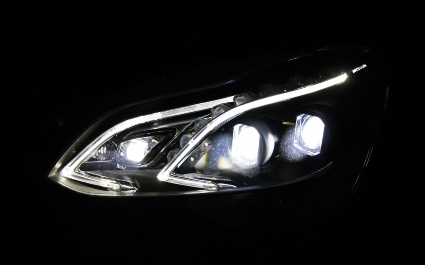
Now, the project has successfully proved the feasibility of this system; intelligent high-resolution headlamps will continue to analyze the car's driving conditions and weather conditions: road direction, car speed, whether there is a car in front, and cars and other vehicles The distance between them. Based on these data, the variable adaptive light distribution feature ensures tailored illumination in a variety of situations.
For example, at high speeds, the beam range will automatically lengthen. In urban traffic, due to better lighting on the sidewalks and surrounding areas, the lights are more widely distributed to improve safety. These functions are all implemented in electronic components without the use of mechanical actuators. With a glare-free high beam, the driver always gets the best illumination at night without adversely affecting other drivers. This obviously helps to improve the alertness of the driver of the car, which greatly contributes to reducing the risk of accidents during night driving.

Stefan Kampmann, Chief Technology Officer of Osram Lighting AG, said, “Now, we want to further develop mass-produced products based on this new high-resolution LED light source. We believe that it has a very broad application prospect in headlamps. ."
Infineon Technologies AG (FSE code: IFX / OTCQX code: IFNNY) developed the intelligent driver circuit for this innovative LED chip. Thanks to this, each of its 1024 pixels can be controlled individually. Infineon's design is so clever that it can directly connect the intelligent drive circuit to the array of LEDs above it.
The technical challenge is to meet the special requirements of this design and to support the manufacturing process of LED driver circuits. With intelligent drive circuits and extensive automotive application expertise, Infineon supports the development of headlamp systems towards a highly innovative and adaptive trend.
Hella KGaA Hueck & Co clarified the main technical requirements of the light source according to the functional requirements put forward by Daimler. Experts in the field of lighting and electronics have developed the entire optical system and its thermal concept for lighting modules and produced prototype headlamps. They are extremely efficient and produce a very uniform band of light. In addition, excellent pixel quality is achieved at every pixel.
Therefore, different optical strips can be produced using only electronic components without the need for mechanical actuators. This is an important step towards the digitalization of the lighting industry. Hella has used this research and development achievement to set its own standards: to develop innovative lighting systems with customers, and not only to achieve mass production with the necessary precision and quality, but also to pursue advanced thinking in technology.
In this research project, Daimler AG has defined the functional requirements of the entire headlamp system and the future car properties. Based on this, the components and module properties of the headlamp system are determined, including the calculation of the optimal light distribution based on future sensor and vehicle architectures, and the transmission of this information to the pixel headlights.
For the future of electric vehicles, energy efficiency is an important requirement that these innovative LEDs must meet. Daimler built a car equipped with the smart LED headlamps to complete field tests under actual traffic conditions.
The new Mercedes-Benz E-Class features multi-beam LED headlights from Hella, each with 84 individually controlled OSRAM high-performance LEDs. Daimler is constantly developing LED headlamps with more precise pixels, and continues to consolidate its pioneering position in the field of lights.
In this project, the Fraunhofer Institute for Applied Research Promotion has made outstanding contributions to the connection technology (between LEDs and IC chips) and materials, as well as the detection and isolation of defects. The extraordinary miniaturized joining technology forges a finer structure that gives the product a very high resolution.
To do this, the Fraunhofer Institute for Reliability and Microintegration (IZM) in Berlin, Germany, installed Osram's 1024-pixel LED array on the active drive circuit provided by Infineon. Each pixel can be controlled individually. These chips have excellent thermal performance and are mounted to offset micron-level height errors.
Two different placement processes have been investigated: sponge-like nanoporous gold thermocompression bonding technology and highly reliable gold-tin alloy solder reflow soldering technology. The results prove that both of these placement processes are very successful and provide a high yield and robust interface for subsequent LED processes.
One of the technical challenges faced by high-resolution LED headlamps is the relatively large size of the 1024 individually controllable pixels. Because of the larger size of the LED chip, the risk of failure or illuminance of each pixel in the pixel matrix in the production process is higher.
To overcome this problem, the Fraunhofer Institute for Applied Solid State Physics (IAF) in Freiburg, Germany, developed a new technology for repairing defects. This technology is based on an ultraviolet laser micromachining process that repairs defects inside the LED chip during production. Its principle of action is to identify subtle defects and use UV lasers to carefully remove materials, eliminate defects or electrically isolate them, while ensuring that the laser does not inadvertently cause new defects, ie current leakage paths. After repairing, the pixel will return to full illumination and again present a uniform "light band".
The laser micromachining process developed by Fraunhofer Institute for Solid State Physics (IAF) offers multiple economic benefits: on the one hand, it eliminates defects in the production process and reduces the production of large-size LED chips. Scrap rate and cost; on the other hand, it also extends the average life of LEDs, which is an important competitive advantage and can increase customer satisfaction.
The μAFS project was funded by the German Federal Ministry of Education and Research (BMBF) under the funding number 13N12510. The project was launched in February 2013 and will end in September 2016.
Project partners have achieved their goal: to develop intelligent lighting solutions that will lay the technical foundation for new energy-efficient LED headlamps with additional road safety features. On this basis, an adaptive headlamp system (AFS) can be developed to create a safer road environment for drivers, pedestrians and other traffic participants.

Micro motors Based on Dc Motor, micro motor belongs to the small size of dc motor,micro motor rotor, back cover, chassis, rotor winding is mainly copper, back cover most of the use of plastic material, motor shell use galvanized steel plate, the micro motor can be ROHS test.
A micro motor is any of a class of rotary electrical machines that converts direct current electrical energy into mechanical energy. The most common types rely on the forces produced by magnetic fields. Nearly all types of micro motors have some internal mechanism, either electromechanical or electronic, to periodically change the direction of current flow in part of the motor.
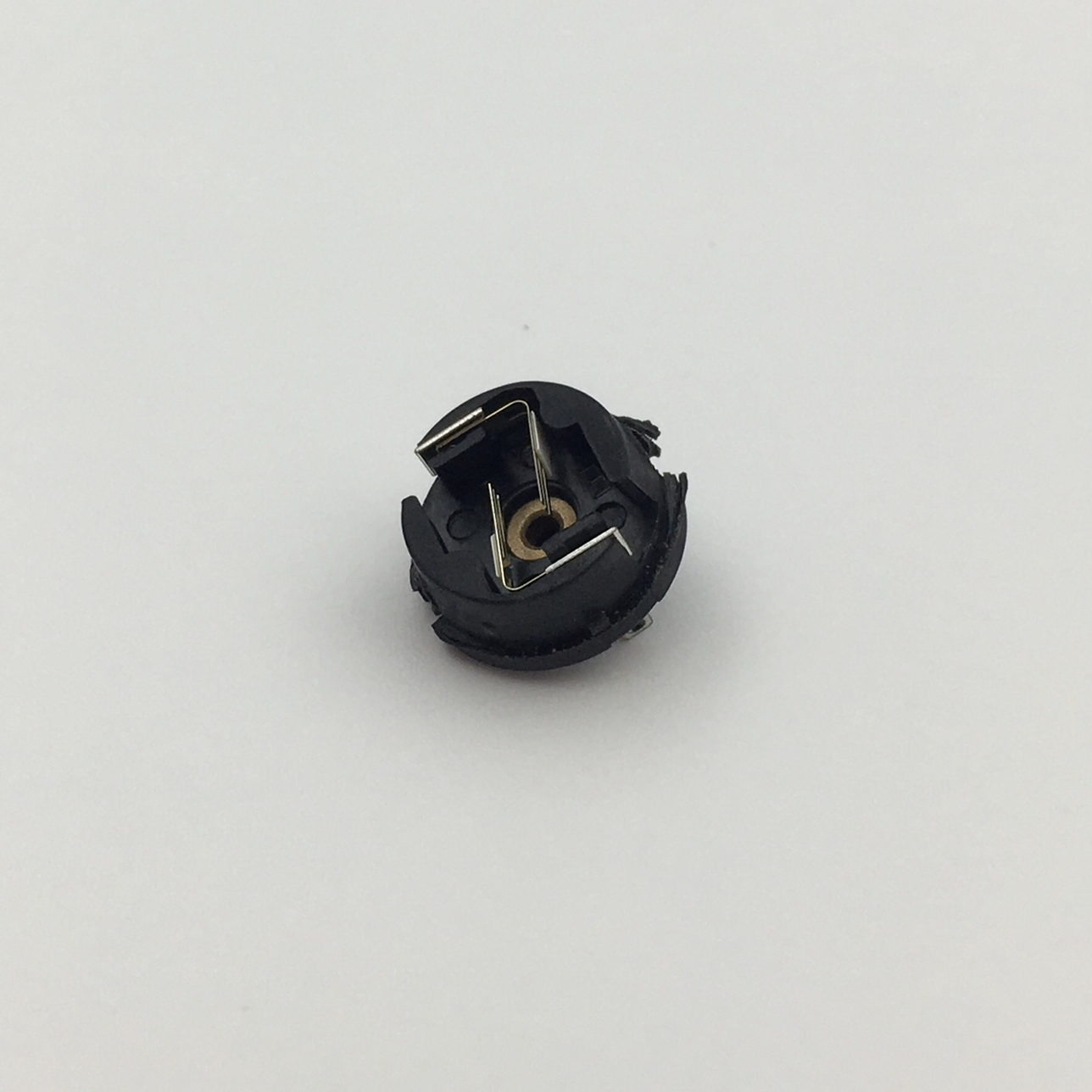
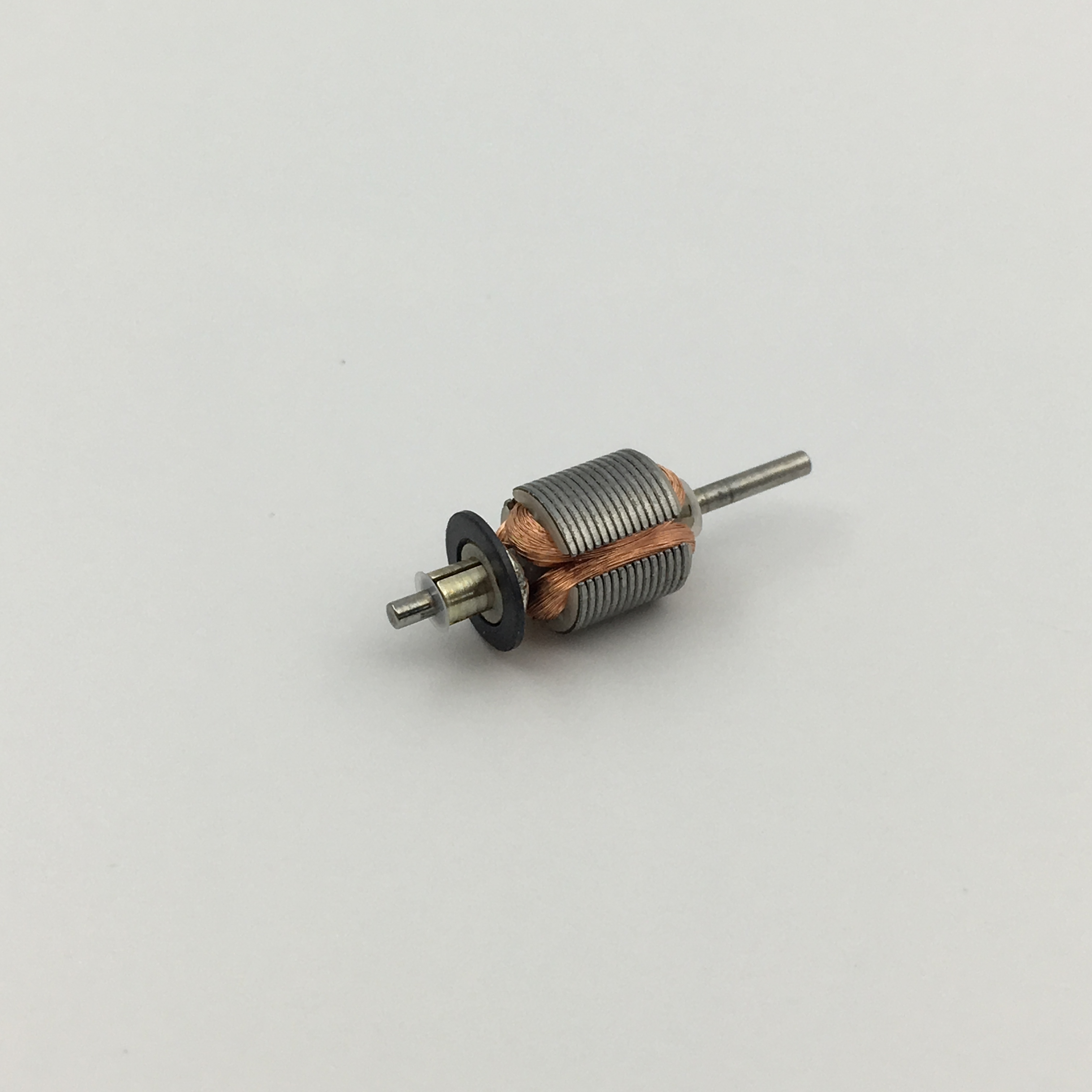
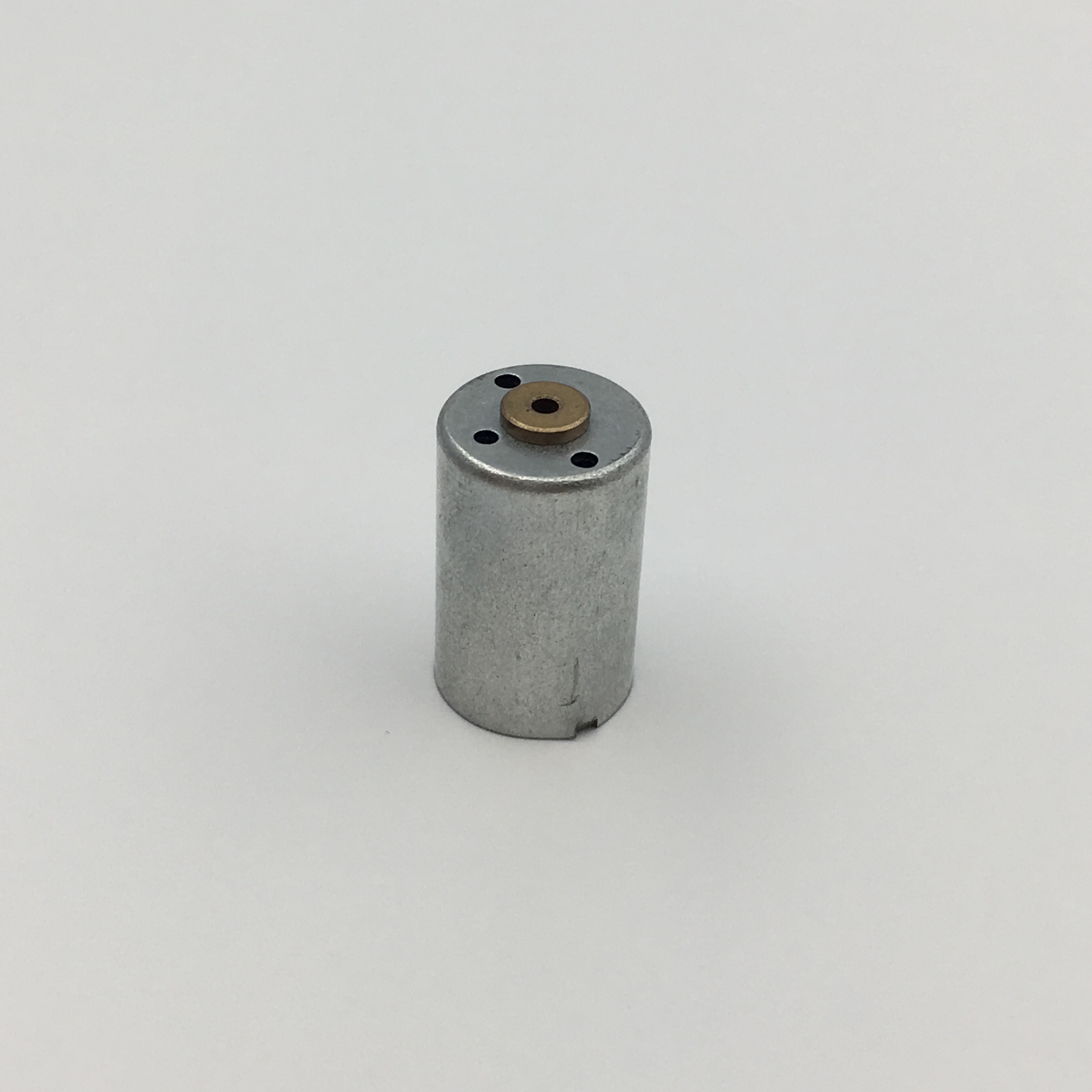
Micro motor is mainly used in: outdoor lamps, electronic toys, model aircraft, intelligent bin, breeze machine, etc
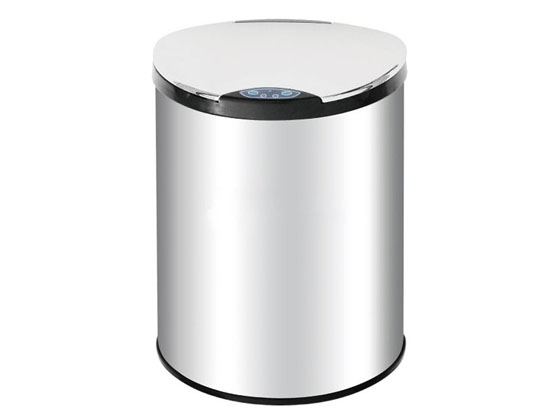


Method of use: the best stable in horizontal plane, installed on the Micro motor output shaft parts, cannot use a hammer to knock, knock prone to press into the micro motor drive, may cause damage to internal components, and cannot be used in the case of blocked.
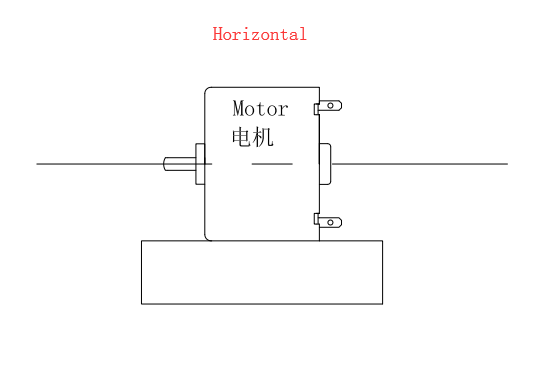
Operating temperature range:
Micro motor should be used at a temperature of -10~60℃.
The figures stated in the catalog specifications are based on use at ordinary room temperature catalog specifications re based on use at ordinary room temperature (approximately20~25℃.
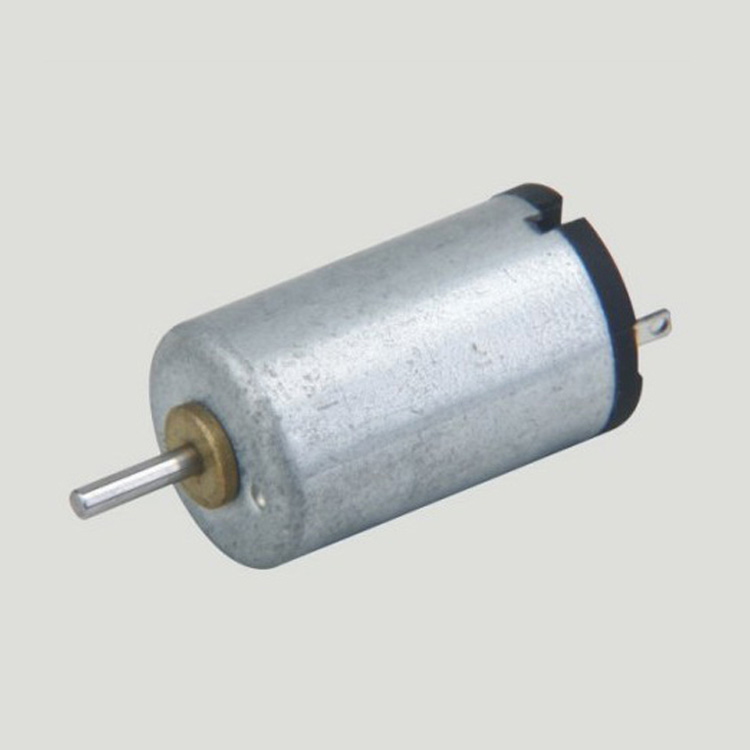
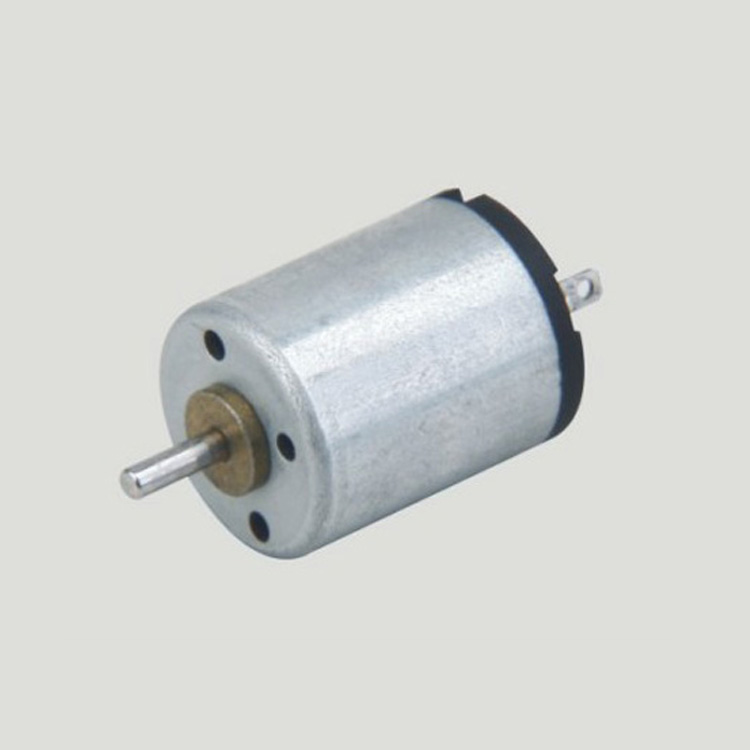
If a micro motor is used outside the prescribed temperature range,the grease on the gearhead area will become unable to function normally and the motor will become unable to start.Depending on the temperature conditions ,it may be possible to deal with them by changing the grease of the motor's parts.Please feel free to consult with us about this.
Storage temperature range:
Micro motor should be stored ta a temperature of -15~65℃.
In case of storage outside this range,the grease on the gearhead area will become unable to function normally and the motor will become unable to start.
Service life:
The longevity of micro motor is greatly affected by the load conditions , the mode of operation,the environment of use ,etc.Therefore,it is necessary to check the conditions under which the product will actually be used .The following conditions will have a negative effect on longevity.Please consult with us should any of them apply.
â—Use with a load that exceeds the rated torque
â—Frequent starting
â—Momentary reversals of turning direction
â—Impact loads
â—Long-term continuous operation
â—Forced turning using the output shaft
â—Use in which the permitted overhang load or the permitted thrust load is exceeded
â—A pulse drive ,e.g.,a short break,counter electromotive force,PWM control
â—Use of a voltage that is nonstandard as regards the rated voltage
â—Use outside the prescribed temperature or relative-humidity range,or in a special environment.
â—Please consult with us about these or any other conditions of use that may apply,so that we can be sure that you select the most appropriate model.
when it come to volume production,we're a major player as well .each month,we rurn out 600000 units,all of which are compliant with the rohs directive.Have any questions or special needed, please contact us, we have the engineer group and best sales department to service to you Looking forward to your inquiry. Welcome to our factory.
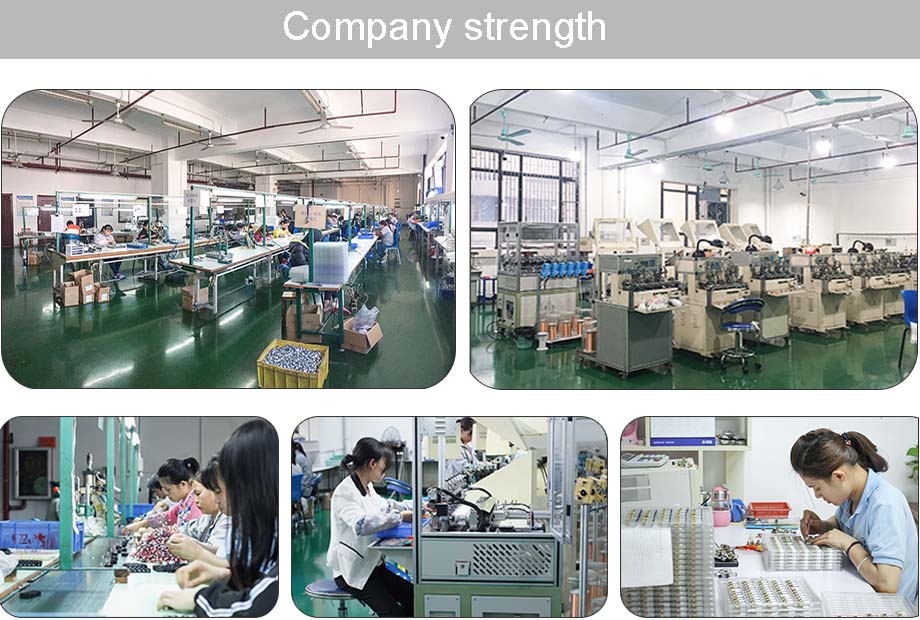
Micro Motor,Micro Dc Motor,Micro 3V Motor,Micro Electrical Motor
Shenzhen Shunchang Motor Co., LTD. , https://www.scgearmotor.com